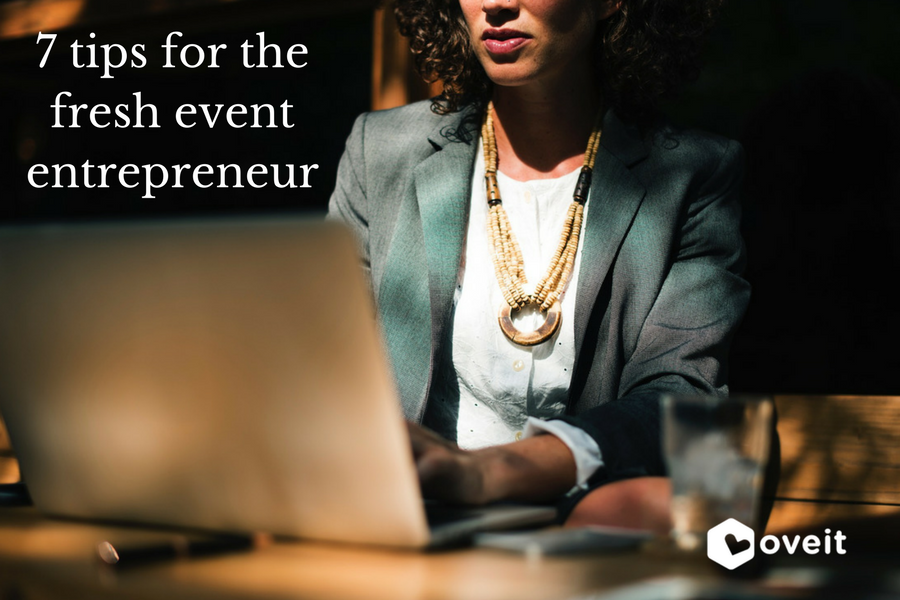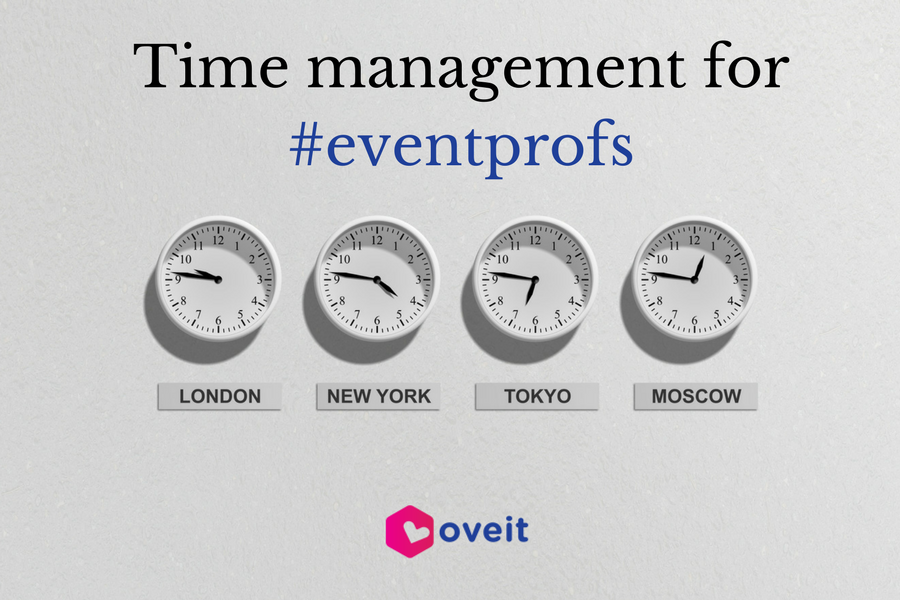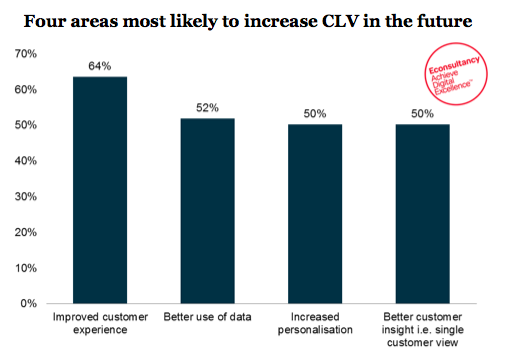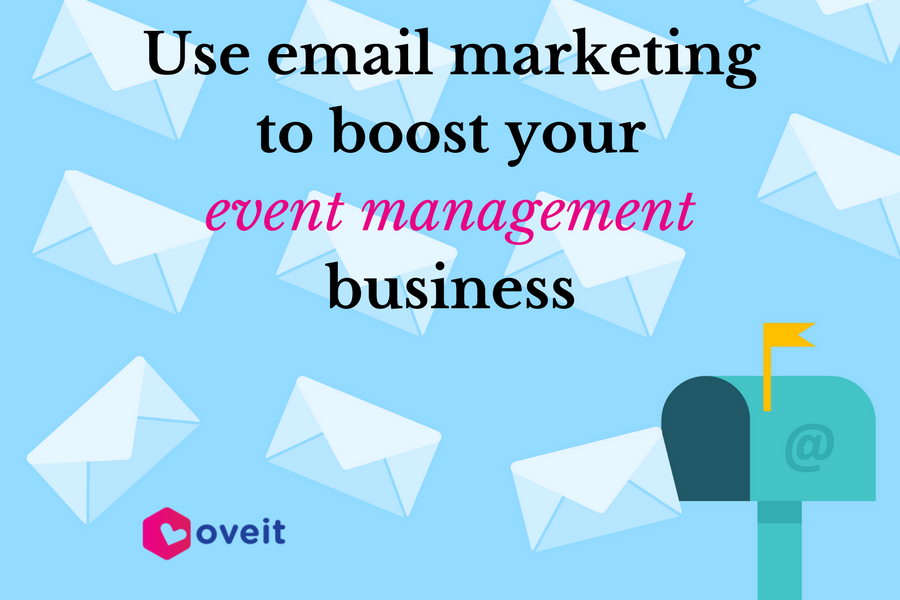We’ve talked about the importance of social media in marketing. It offers us access to billions of users around the globe. Today I want to focus on Instagram, the platform that seems to be on everyone’s lips. With around 700 million accounts and over 400 million daily active users, Instagram had a fabulous growth in the last 4 years. And considering the fact that over 60% of its users are under 35 years old it’s clearly obvious that Instagram is great if you want to bring Millennials to your events.
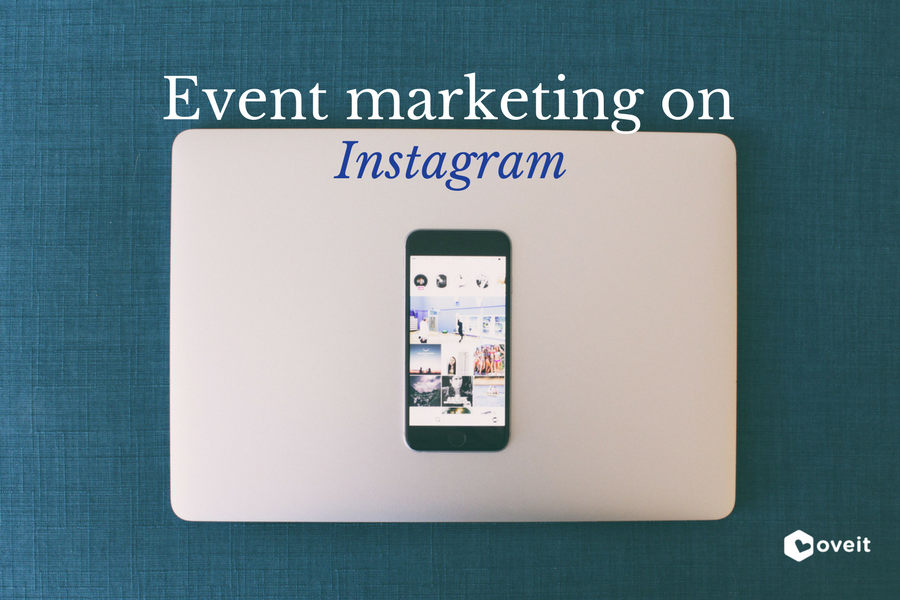
So, without any further introductions, here are 5 ideas that will help you if you are planning to use Instagram to increase ticket sales.
Instagram is all about visual impact
Don’t forget that Instagram is the place where people come to see beautiful pictures. So for your Instagram profile, you should always have your camera ready. You can use pictures from your previous events (high-quality pictures with people having fun are perfect) or pictures with your crew setting up the place. A good way to show your progress is to use before/after pictures with the slide options; you can use up to 10 photos in just one post, showing your progress in setting up the place. If you want to edit your photos you can use Canva, a tool that allows you to edit photos directly into the Instagram format (1080px X 1080px).
Another powerful feature of Instagram is the Story section, where you can add both photos and videos. We talked about this section in a previous article that can be found here.
It’s easy to use Instagram Ads
Instagram Ads are a great way to ensure a greater reach for your posts. Just like Facebook, Instagram allows you to promote your posts so more potential customers hear about your business. There are four types of ads on Instagram: Photo Ads, Video Ads, Carousel Ads and Stories Ads.
Instagram is owned by Facebook so if you ever used Fb to set up a paid campaign you will find it very easy to set one up on Instagram. if you just want to promote a previous post you will be able to set up an Objective, select an Action Button, Audience, Budget, and Duration.
User-generated content works wonders
What will convince you to buy a certain product/service? The brand promoting itself or a customer that used it and can offer you a full review? Well, it seems that 76% of the consumers think that brands are not very honest when promoting themselves and believe that average people are, so they rely on user-generated content more than they rely on one particular brand’s marketing. Instagram is a great way to use this type of content because we all love to take photos, especially when having fun. Are you planning a festival? Create your own hashtag and your own location so people can tell the world where they are having fun. Planning a conference? I’m sure that attendees will love to take pictures with the speakers; repost those photos for some great user-generated content. There are many ways to use Instagram for USG, Hubspot went the extra mile and gathered some of the greatest campaigns.
Influencers can help you
Influencers love Instagram and you should take full advantage of it; it’s a great way for you to increase your number of followers or even convert some Instagrammers into attendees. How? Set up a partnership with an influencer in your niche so a post promoting your event will reach his tens of thousands of followers. This is the best tactic if you aim for a fast growth of your number of followers. If you want to set a strategy based on influencers you can read more here.
“Link in Bio” to the rescue
As I’m sure you know, Instagram doesn’t want you wandering around the Internet, so there are no active links on Instagram apart from the one in your Bio. It may look like a downside, but it’s not. You just need to learn that is OK to change the link in your Bio. Do you want to inform your followers on how to use your NFC cashless payment system? Add in Bio a link to an article that explains how this technology works. Are you selling tickets? Change the Bio link with so it leads to your tickets.
Instagram is a growing star, that’s for sure. And it’s great if you want to create an online presence. But, as I told before, you should test everything to see what really suits you. Remember that the vast majority of Instagram users are under 35 years old, this could be a very important information for your marketing strategy.
